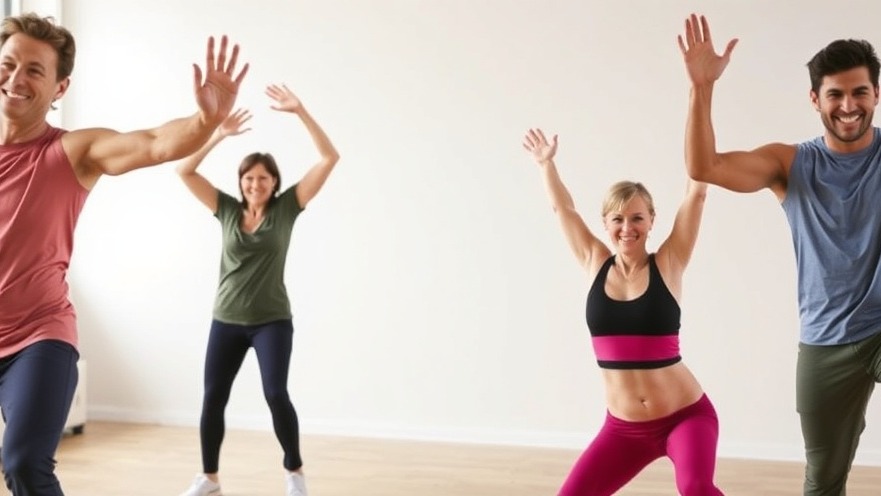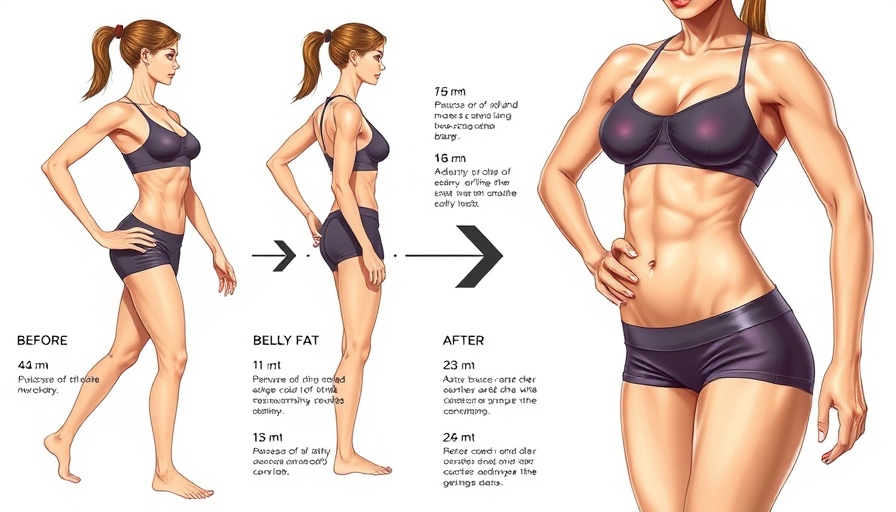
Unlocking the Secrets to Functional Fitness
As we age, maintaining and building muscle becomes not just a health goal but a vital key to preserving our independence and vitality. It’s fascinating to witness how fitness icons like Don Wildman, Mark Sisson, and Laird Hamilton challenge age stereotypes, proving that age is merely a number when supported by strength and functionality. In fact, functional fitness, which emphasizes building strength and endurance for everyday activities, becomes an integral part of our fitness regimen as we age.
Why Lifting Heavy is Essential
One of the most striking lessons learned from the fitness journeys of these remarkable individuals is the importance of lifting heavy weights. Heavy lifting is not just for competitive bodybuilders; it’s a powerful method to stimulate muscle growth, increase bone density, and enhance metabolic function. As Emily Brooks, a passionate fitness advocate, emphasizes, "Lifting heavy is one of the most potent tactics for defying age." Engaging in resistance training helps prevent the muscle loss often associated with aging, encouraging longevity.
The Role of Functional Training
Functional training prepares our bodies for real-life situations, improving our quality of life. Whether it’s climbing stairs, lifting groceries, or playing with grandchildren, these exercises enhance movement patterns for daily tasks. Gym owners and fitness trainers can create programs that prioritize functional movements, ensuring their clients train for life rather than isolating muscle groups for aesthetic goals.
Understanding Muscle Quality and Maintenance
Muscle quality is just as crucial as muscle quantity. It’s not just about how much we can lift, but how effectively our bodies utilize muscle. Focusing on muscle power, grip strength, and walking speed can reveal age-related declines that simple weight measures cannot. Fitness trainers can work with clients by incorporating exercises that promote better muscular efficiency, leading to a more agile and dynamic lifestyle.
Motivation & Community Connection
Incorporating a sense of community can further enhance fitness commitments. Group workouts, local fitness challenges, or even simple partner exercises create an environment of accountability and support, encouraging consistent participation among clients. Facilities that foster community interactions will not only see improved retention but also a stronger bond among their members, amplifying the gym’s vibrancy.
Finding Balance in Your Fitness Journey
While it’s vital to train hard, it’s equally important to recognize when to dial it back. As fitness enthusiasts, we should embrace a balanced approach, appreciating both rigorous workouts and restorative practices such as yoga or meditation. This equilibrium ensures we listen to our bodies and take care of our joints, heart, and overall well-being.
Conclusion: Embrace Functional Fitness
As we embrace our fitness journeys, let the stories of inspiring figures encourage a shift in perspective toward functional training. Remember, age is no barrier to achieving strength and vitality. By prioritizing heavy lifting, functional movements, and community connection, we can all aspire to live longer, healthier lives filled with confidence and energy.
 Add Row
Add Row  Add
Add 




Write A Comment